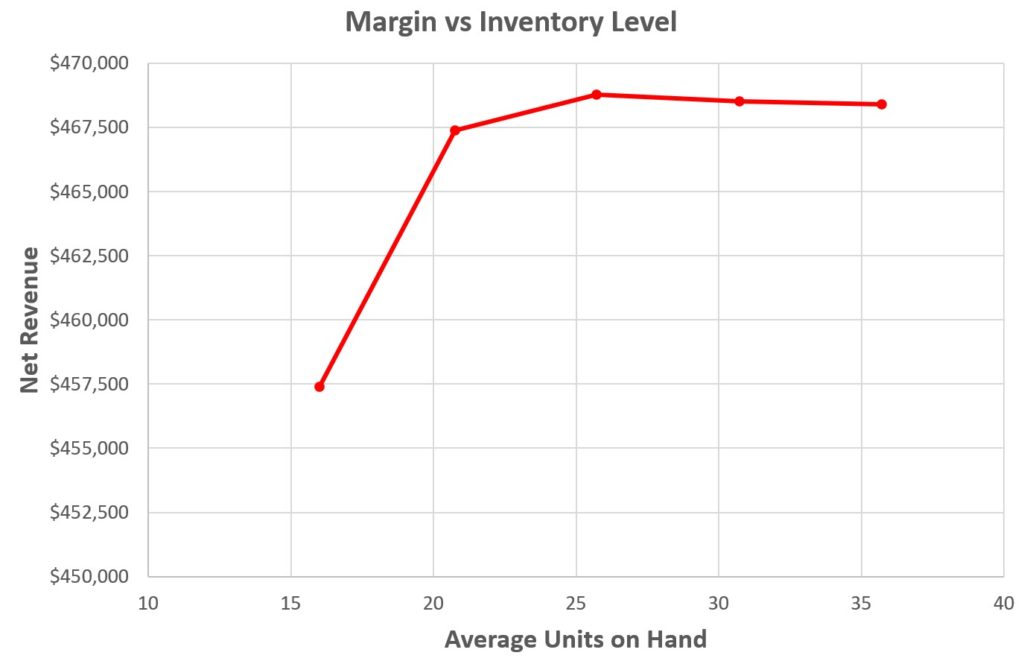Smart Software CEO and APS Inventory & Logistics Manager to present WERC 2022 Studio Session on implementing Smart IP&O in 90 Days and achieving significant savings by optimizing reorder points and order quantities for over 250,000 spare parts.
Belmont, MA, – Smart Software, Inc., provider of industry-leading demand forecasting, planning, and inventory optimization solutions, today announced that it will present at WERC 2022.
Justin Danielson, Inventory & Logistics Manager at Arizona Public Service (APS), and Greg Hartunian, CEO at Smart Software, will lead a 30-minute studio session at WERC 2022. The presentation will focus on how APS implemented Smart Inventory Planning and Optimization (Smart IP&O) as part of the company’s strategic supply chain optimization initiative. Smart IP&O was implemented in just 90 days, enabling APS to optimize its reorder points and order quantities for over 250,000 spare parts. During the first phase of the implementation, the platform helped APS reduce inventory and achieve significant savings while maintaining service levels. Finally, the session will conclude by showing Smart IP&O in a Live Demo.
Warehousing Education and Research Council (WERC)
WERC is a professional organization focused on logistics management and its role in the supply chain. Since being founded in 1977, WERC has maintained a strategic vision to continuously offer resources that help distribution practitioners and suppliers stay on top in our dynamic, variable field. In an increasingly complex world, distribution logistics professionals make sense of things so that people get their products and services, companies deliver on their commitments, economies grow, and communities thrive.
WERC powers distribution logistics professionals to do their jobs, excel in their careers and make a difference in the world. WERC helps its members and companies succeed by creating unparalleled learning experiences, offering quality networking opportunities, and accessing research-driven industry information.
About Smart Software, Inc.
Founded in 1981, Smart Software, Inc. is a leader in providing businesses with enterprise-wide demand forecasting, planning and inventory optimization solutions. Smart Software’s demand forecasting and inventory optimization solutions have helped thousands of users worldwide, including customers at mid-market enterprises and Fortune 500 companies, such as Disney, Arizona Public Service, and Ameren. Smart Inventory Planning & Optimization gives demand planners the tools to handle sales seasonality, promotions, new and aging products, multi-dimensional hierarchies, and intermittently demanded service parts and capital goods items. It also provides inventory managers with accurate estimates of the optimal inventory and safety stock required to meet future orders and achieve desired service levels. Smart Software is headquartered in Belmont,
For more information, please contact Smart Software, Inc., Four Hill Road, Belmont, MA 02478.
Phone: 1-800-SMART-99 (800-762-7899); FAX: 1-617-489-2748; E-mail: info@smartcorp.com





